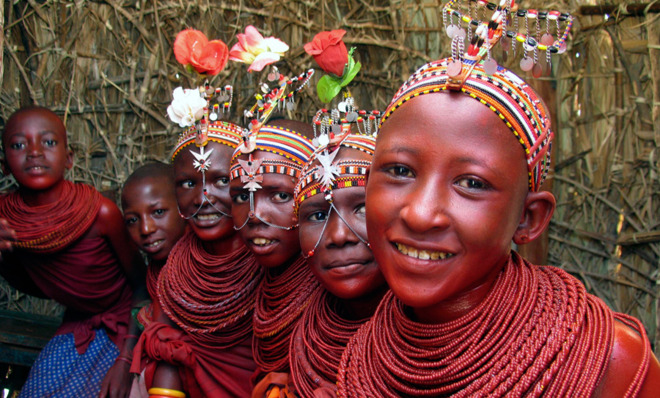11 languages spoken by 11 people or fewer
The Brazilian language Jabutí has almost as many names as it does speakers


1. Ho-Chunk is the language of the Hocák Nation, more commonly known as the Winnebago tribe of Wisconsin and Nebraska. In 2004, there were only 11 living fluent speakers of Ho-Chunk, all of whom also use English.
2. In the jungles of Suriname lives a nearly extinct population of people known as Akurio. Only 10 members of the group speak only Akurio; the remaining 40 or so are bilingual with a neighboring group called Trió.
3. Only 9 fluent speakers of the Mullukmulluk language were found in northern Australia in 1988, the last time data was collected.
The Week
Escape your echo chamber. Get the facts behind the news, plus analysis from multiple perspectives.

Sign up for The Week's Free Newsletters
From our morning news briefing to a weekly Good News Newsletter, get the best of The Week delivered directly to your inbox.
From our morning news briefing to a weekly Good News Newsletter, get the best of The Week delivered directly to your inbox.
4. Of the roughly 700 members remaining in Kenya, only eight older adults still know the El Molo language — but even those rarely use it, and since the last count was conducted in 1994, it may already be extinct.
5. Tuscarora is a native language of Canada and the northern US, which can now be found in use by only seven people on the Six Nations Reserve in Ontario. At last count in 1997, there were also four native Tuscarora speakers in the United States.
6. The Njerep language of Nigeria is only known to six people on Earth — the last members of the tribe who have not shifted to speaking Mambila.
7. The Brazilian language Jabutí has almost as many names as it does speakers. Also called Djeoromitxi, Jabotí, or Yabutí, the language is very nearly extinct: As few as five people may now be fluent, though as many as 30 people may be able to speak conversationally.
A free daily email with the biggest news stories of the day – and the best features from TheWeek.com
8. In 2000, a research group only located four speakers of Tehuelche, the language of a nomadic tribe in Chile and Argentina.
9. There are approximately three people left in Australia who speak Marti Ke exclusively. A handful of older adults are fluent, but primarily speak English, Murrinh Patha, or Kriol.
10. Tinigua is interesting in that it's not derivative of any known language, which is to say, it's a language isolate. In 2000, only two members of the Colombian population were left.
11. The Mapia Islands are sparsely populated, especially since most of the native population immigrated to Micronesia. Most Mapians now speak Palauan, Sonsorol, or Tobian; a single elder is the only known speaker of Mapia.
More from Mental Floss...
-
 Pakistan: Trump’s ‘favourite field marshal’ takes charge
Pakistan: Trump’s ‘favourite field marshal’ takes chargeIn the Spotlight Asim Munir’s control over all three branches of Pakistan’s military gives him ‘sweeping powers’ – and almost unlimited freedom to use them
-
 Codeword: December 6, 2025
Codeword: December 6, 2025The daily codeword puzzle from The Week
-
 Sudoku hard: December 6, 2025
Sudoku hard: December 6, 2025The daily hard sudoku puzzle from The Week